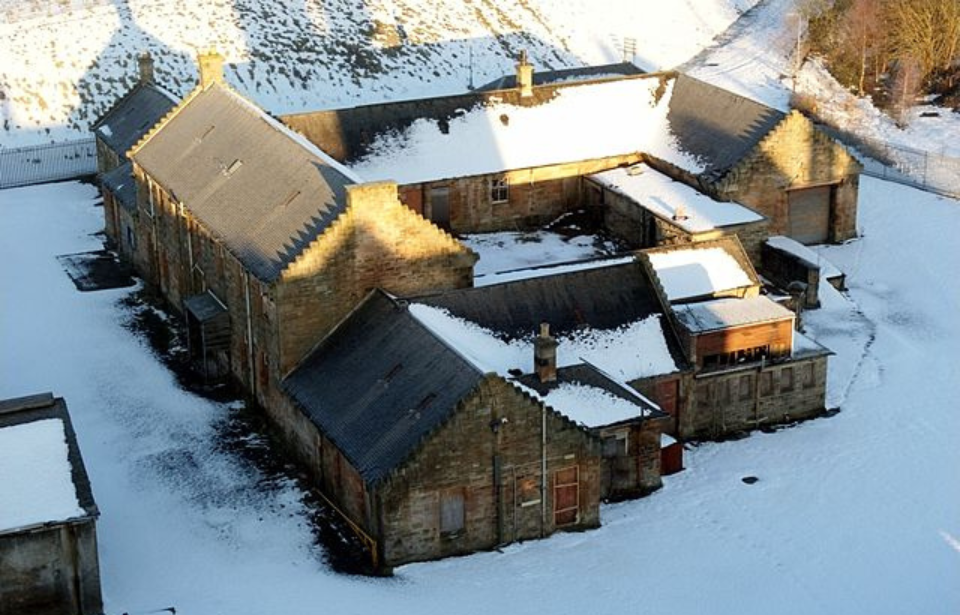When it comes to dark, gloomy and utterly scary abandoned spaces, long-forgotten asylums are definitely on everyone’s top 10 list. Abandoned amusement parks can also be eerie, with their broken-down Ferris wheels and dust-covered carousels, but they simply don’t compare to abandoned institutions.
Stories about these places spread while they’re in operation. However, it’s after they close that ghostly tales haunt the living. A hospital tucked away in the village of Hartwood, North Lanarkshire, Scotland, it has stories that locals share. However, the site doesn’t need paranormal phenomena to make its history interesting.
Built to be self-sufficient
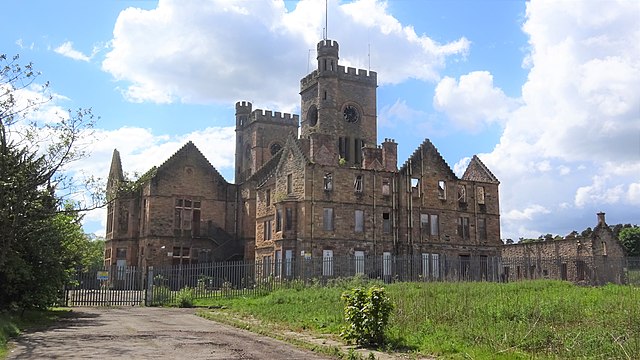
Originally opened in 1895, Hartwood Hospital ran for over a century before it was shuttered in 1998. It was designed by John Lamb Murray, who taught himself architecture and engineering. The facility was built to be self-sufficient, similar to hospitals across Europe at the time. It had farms, gardens and even its own railway line.
Designed in the Scottish baronial style, Hartwood Hospital is immediately recognizable, thanks to the clock towers that stand at its northwestern corner. Its original occupancy level was intended to be 500. To ensure these patients could be adequately cared for, a power plant and reservoir were erected on the site.
Campbell Clark wanted Hartwood Hospital to provide the best care
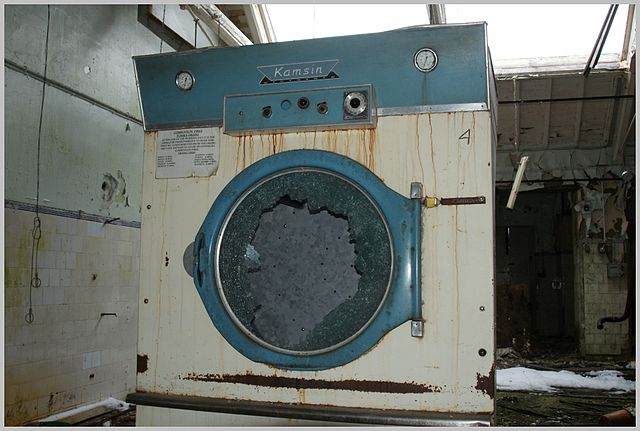
Originally known as Lanark District Asylum, Hartwood Hospital initially ran under the watchful eye of Dr. Campbell Clark, who changed his field of medicine forever. Clark was the first to establish training schemes for medical staff, so they’d administer the best possible care. The practice became more widely used in 1890, when the Medico-Psychological Society started supporting it and issued certificates for those who’d successfully finished the training.
In 1901, Clark died and was laid to rest in the Hartwood Hospital cemetery.
Hartwood Hospital expands
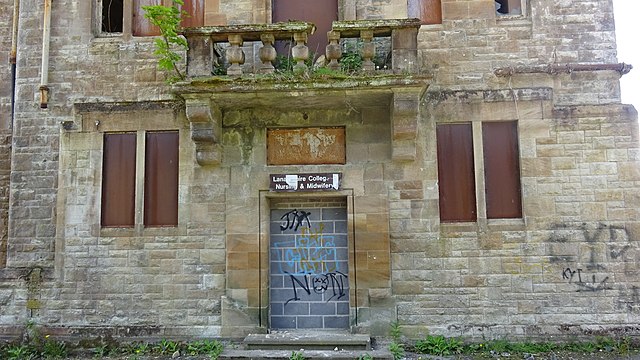
Hartwood Hospital received its first extension in 1898, when two blocks were erected. Less than a decade later, a tuberculosis sanatorium opened to deal with the increase of patients suffering from the infection. This work was followed by the building of new caretaker and nurses’ houses.
Interestingly, a “sister facility” was erected near Hartwood Hospital. Known as Hartwoodhill Hospital, it treated mental health problems and housed patients from a nearby psychiatric hospital during World War II.
Conducting the first lobotomies in Scotland
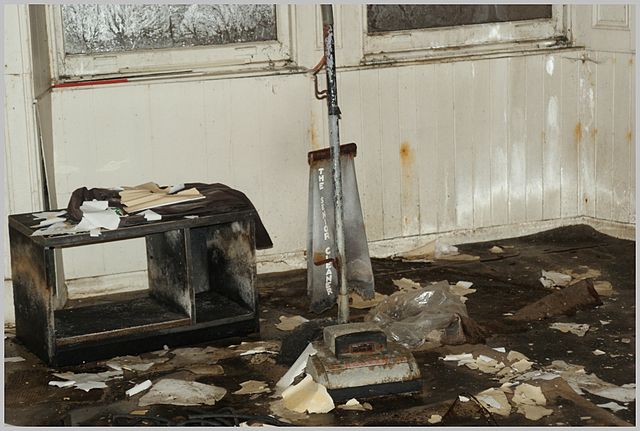
As was the case with many similar facilities in the 19th century, Hartwood Hospital had its dark side. It went down in history as the first place in Scotland to perform lobotomies – procedures that turned fully-grown human beings into shells of their former selves.
Electroshock therapy was also frequently used, as was seclusion. Scientific knowledge of the human brain at the time was rather primitive and many practices were carried out differently to how they would be today.
During the early years, these treatments were overseen by Dr. Campbell Clark.
Hartwood Hospital’s population continued to grow
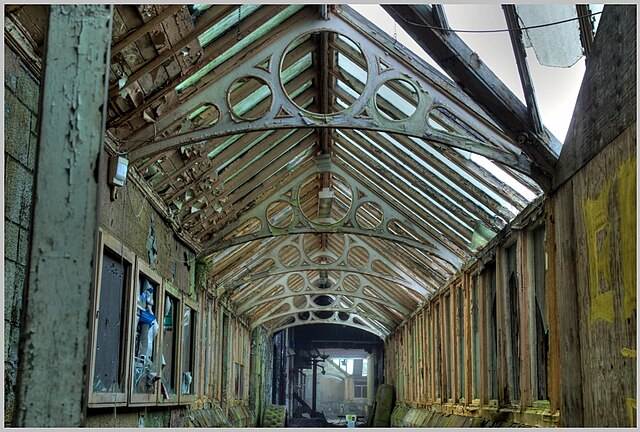
Despite everything, Hartwood Hospital continued to grow. By 1950, it was one of the European Union’s (EU) largest medical facilities. The number of patients kept growing and, at one point, reached 2,500.
However, things weren’t going too well, with patients receiving less than adequate care. It reached the point when, in July 1971, those residing in the facility set up the Scottish Union of Mental Patients to advocate for better care and conditions.
Care in the Community
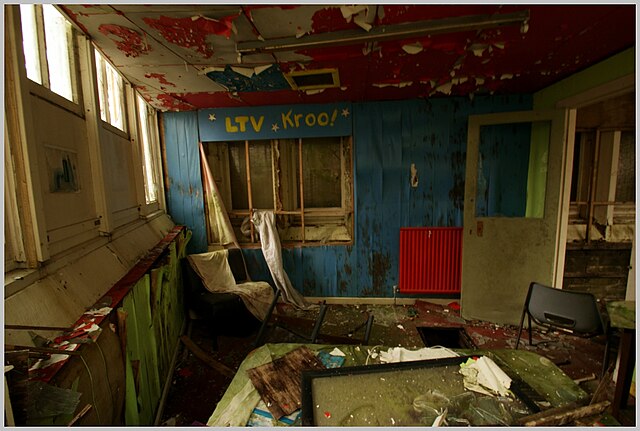
Things changed for Hartwood Hospital in the 1980s, when Care In the Community came into effect. It switched the focus from institutional to community care and resulted in the closure of many medical institutions. Hartwood Hospital suffered the same fate and closed in 1995.
Only the administrative buildings were kept in use for a few more years, but they, too, were abandoned in 1998.
Hartwood Hospital still stands, despite being abandoned
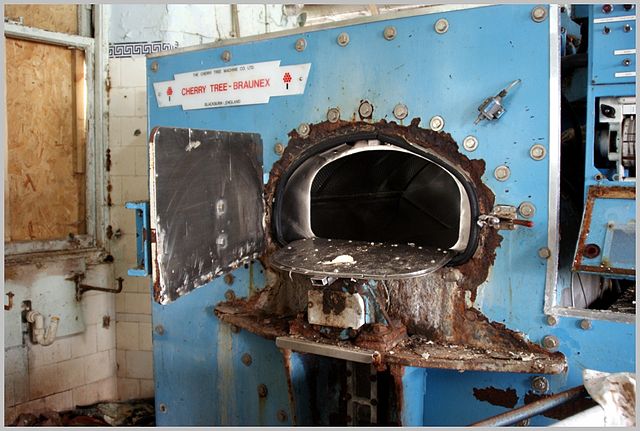
Hartwood Hospital has remained abandoned ever since, and more of it slowly turns to dust with each passing year. While it’s been used as a film set a few times – most notably standing in for Gotham Orphanage in The Batman (2022) – the site has not experienced much use. In fact, some could call it a safety hazard, due to the number of suspicious fires that have occurred.
More from us: 6 Modern Ghost Towns That Are the Result of Natural Disasters
Today, the site is a favorite of urban explorers and photographers, and it’s also popular with drone pilots.
